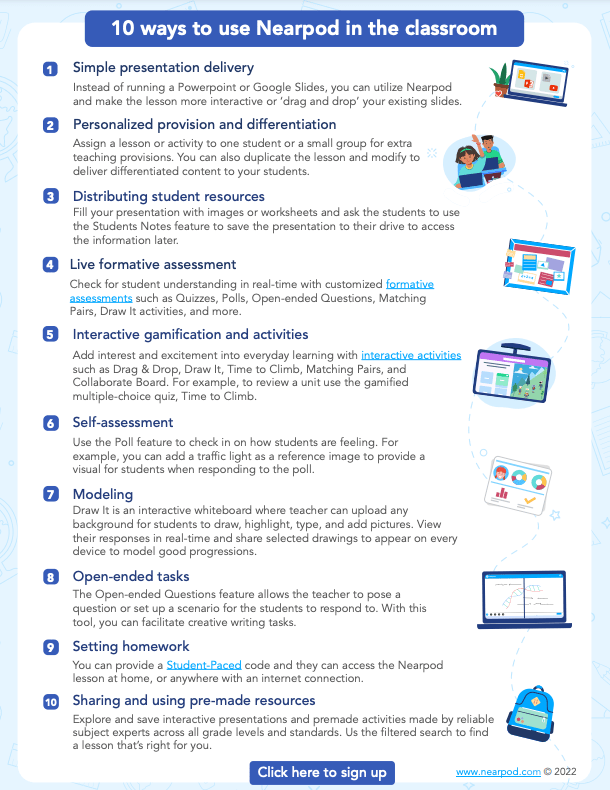Join The Movement Transform Your Teaching With Nearpod 5 Ways Ed My Artofit
The fact that when it says inner join, you can be sure of what it does and that it's supposed to be just that, whereas a plain join will leave you, or someone else, wondering what the standard said about the implementation and was the inner/outer/left left out by. So if you have a join that has multiple conditions seperated with an or, there is only a slim chance to have a meaningful index resulting in an index scan instead of seek. 27 if a filter enters in a join condition functionally (i.e.
Coteaching with Nearpod
A diferencia de un inner join con left join damos prioridad a la tabla de la izquierda, y buscamos en la tabla derecha. If you place it in the where clause instead, the performances are the same if the join is inner, otherwise it differs. A left join b a left outer join b a right join b a right outer join b a full join b a full outer join b a inner join b a join b also take a look at the answer i left on this other so question:
In fact, it is true, because of the first condition i mentioned for natural join.
The exception is when you are looking for the records that are not in a particular table. Select * from sys.indexes i join sys.partitions p on i.index_id = p.index_id join sys.allocation_units a on a.container_id =. If you are doing a left join, add any where conditions to the on clause for the table in the right side of the join. Strid = repr(595) print array.array('c', random.sample(
It is an actual join condition, not just a filter), it must appear in the on clause of that join. Because inner join, outer join etc are all connected with the tables and their data whereas equi join and theta join are only connected with the operators we use in the former. Instead, you simply join to both tables, and in your select clause, return data from the one that matches: The thing i'd like to point out though is that if you have appropriate foreign keys in your database, (between post and post_meta) then you probably don't need an explicit join unless you're trying to load a large number of records.

This is a must, because adding a where clause that references the right side of the join will convert the join to an inner join.
Bit late to the party, but a join can only use one index. Sql left join vs multiple tables on from line?. Si no existe ninguna coincidencia para alguna de las filas de la tabla de la izquierda, de igual forma todos. I'm pretty new to python and am completely confused by.join() which i have read is the preferred method for concatenating strings.
Again, there are many who consider natural join as some sort of peculiar equi join. Using a union or seprate joins gives the engine the ability to use more than one index. Here's a list of equivalent syntaxes:

